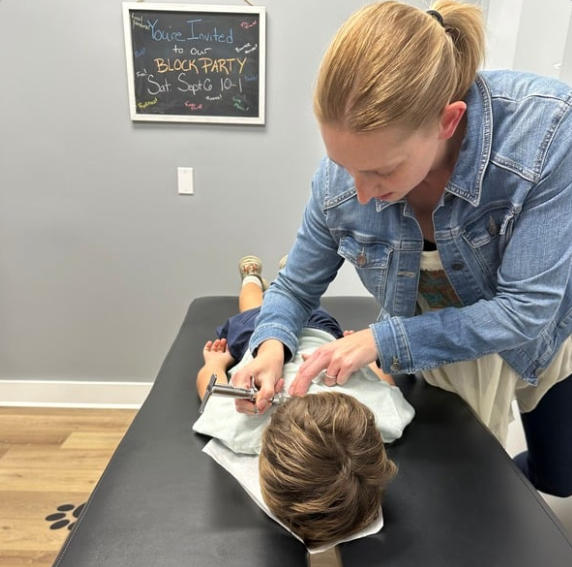The Brain's Way of Healing
/When it comes to addressing health issues, it’s crucial to recognize that the body prioritizes survival over everything else. This means that when faced with multiple health concerns, the brain will allocate its resources to the most pressing survival-related issues. For instance, if someone is struggling with heart problems and simultaneously experiencing ringing in the ears, the brain will prioritize stabilizing the heart. The body’s natural survival mechanism may delay the healing or attention needed for other issues, such as ear ringing or allergies. This process isn't about neglecting other concerns, but rather ensuring that the most life-threatening conditions are managed first.
This is where neuroplasticity, the brain's ability to reorganize and form new neural connections, becomes essential. When the body is under stress or facing a variety of symptoms, it’s the brain’s adaptability that allows it to heal. Chiropractic adjustments are a powerful tool in this process to positively impact the nervous system and, in turn, the brain’s ability to focus on the body’s healing. Regular chiropractic visits help reduce stress on the nervous system, allowing the brain to prioritize healing and regulation more effectively.
The brain’s neural networks are constantly reshaping themselves based on the signals they receive in life. By enhancing the function of the autonomic nervous system, which regulates involuntary bodily functions such as heart rate, digestion, and immune responses, we can foster a more proactive approach to health.
The vagus nerve plays a significant role in regulating stress and inflammation, promoting healing, and supporting the body’s ability to adapt to internal and external changes. By stimulating the vagus nerve, we can improve the body’s ability to switch from a fight-or-flight response to a rest-digest-and-heal state.
This may take time and repetition, but over time, the brain can rewire itself and bring the body back into balance or homeostasis. This process is precisely what is needed for natural healing. By focusing on neuroplasticity and autonomic regulation, we can better understand the body’s innate ability to prioritize survival while also supporting ongoing, natural healing processes.
EXPANDING THE HEALING THRESHOLD
The General Adaptive Potential (GAP) Theory, developed by Dr. Patrick Gentempo, provides a framework for understanding how the brain heals and restores balance in the body. This theory suggests that there is a "gap" between the body's inherent healing potential and its baseline state of health. This gap is narrower when there is interference in the nervous system, preventing the brain from communicating effectively with the body. When disrupted by physical, emotional, or chemical stressors, the body's ability to heal is compromised, and the gap threshold shrinks.
To expand this gap, it’s essential to restore proper nervous system function, as the brain controls and coordinates every system in the body. Healing isn’t just about treating symptoms, but about re-establishing the brain’s ability to facilitate true restoration and health, thereby enabling the body to thrive.
Doidge, Norman. The Brain's Way of Healing: Remarkable Discoveries and Recoveries from the Frontiers of Neuroplasticity. 2015









